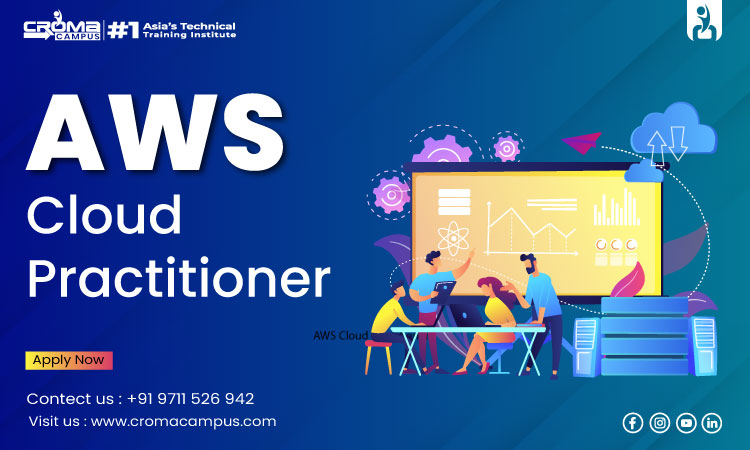Introduction
Cloud computing has revolutionized the way businesses operate by providing scalable, flexible, and cost-effective solutions for hosting applications and managing data. Amazon Web Services is the full form for AWS. It stands out as a leader in the cloud computing industry. It offers a vast array of services that empower organizations to build, deploy, and scale applications with ease. AWS is a cloud computing platform provided by Amazon, offering a wide range of services, including computing power, storage, databases, machine learning, analytics, and more. So, familiarize yourself with the AWS Management Console and the key services such as Amazon EC2 (Elastic Compute Cloud) and Amazon S3 (Simple Storage Service). However, an
AWS Cloud Practitioner has a lot of opportunities to work in this domain.
Functions of AWS
Building and Deploying Applications
Compute Services
Explore EC2 instances and how to launch, configure, and manage virtual servers.
Further, understand containerization with Amazon ECS (Elastic Container Service) and orchestration with AWS EKS (Elastic Kubernetes Service).
Storage Solutions
Master Amazon S3 for scalable object storage, Amazon EBS (Elastic Block Store) for persistent block storage, and Amazon Glacier for long-term archival.
Database Management
So, go deep into Amazon RDS (Relational Database Service) for managed relational databases, Amazon DynamoDB for NoSQL databases, and Amazon Redshift for data warehousing.
Advanced AWS Concepts
Serverless Architecture
Learn to design and deploy serverless applications using AWS Lambda, API Gateway, and other serverless services.
Additionally, understand the benefits of serverless computing, including automatic scaling and reduced operational overhead.
Machine Learning and AI
Explore AWS services like Amazon SageMaker for building, training, and deploying machine learning models.
And understand how to use pre-trained models with services like Amazon Rekognition and Amazon Comprehend.
DevOps and Automation
Implement CI/CD pipelines using AWS CodePipeline and AWS CodeBuild.
So, explore infrastructure as code with AWS CloudFormation for automating resource provisioning.
Security and Compliance
Security Best Practices
Implement security measures using IAM roles, policies, and encryption.
Moreover, utilize AWS WAF (Web Application Firewall) and AWS Shield to protect applications against DDoS attacks.
Compliance and Monitoring
Understand how to achieve compliance with industry standards using AWS services.
And implement monitoring and logging with Amazon CloudWatch for better visibility into your AWS environment.
Optimizing Costs and Performance
Cost Management
Explore cost optimization strategies, including reserved instances, spot instances, and AWS Pricing Calculator.
Moreover, use AWS Cost Explorer for analyzing and managing costs effectively.
Performance Optimization
Learn about AWS services like Amazon CloudFront for content delivery and Amazon ElastiCache for caching.
So, optimize application performance with AWS Auto Scaling and Elastic Load Balancing.
Conclusion
Mastering AWS requires a combination of theoretical understanding and hands-on experience. As you progress through the various services and concepts outlined in this comprehensive guide, you will gain the skills needed to architect scalable, secure, and highly available solutions on the AWS platform. An AWS Solution Architect is also a good option to work in this domain. Therefore, keep in mind that AWS constantly evolves. So staying updated with the latest advancements and best practices is crucial for continued success in cloud computing.





